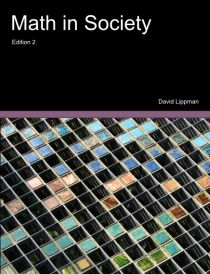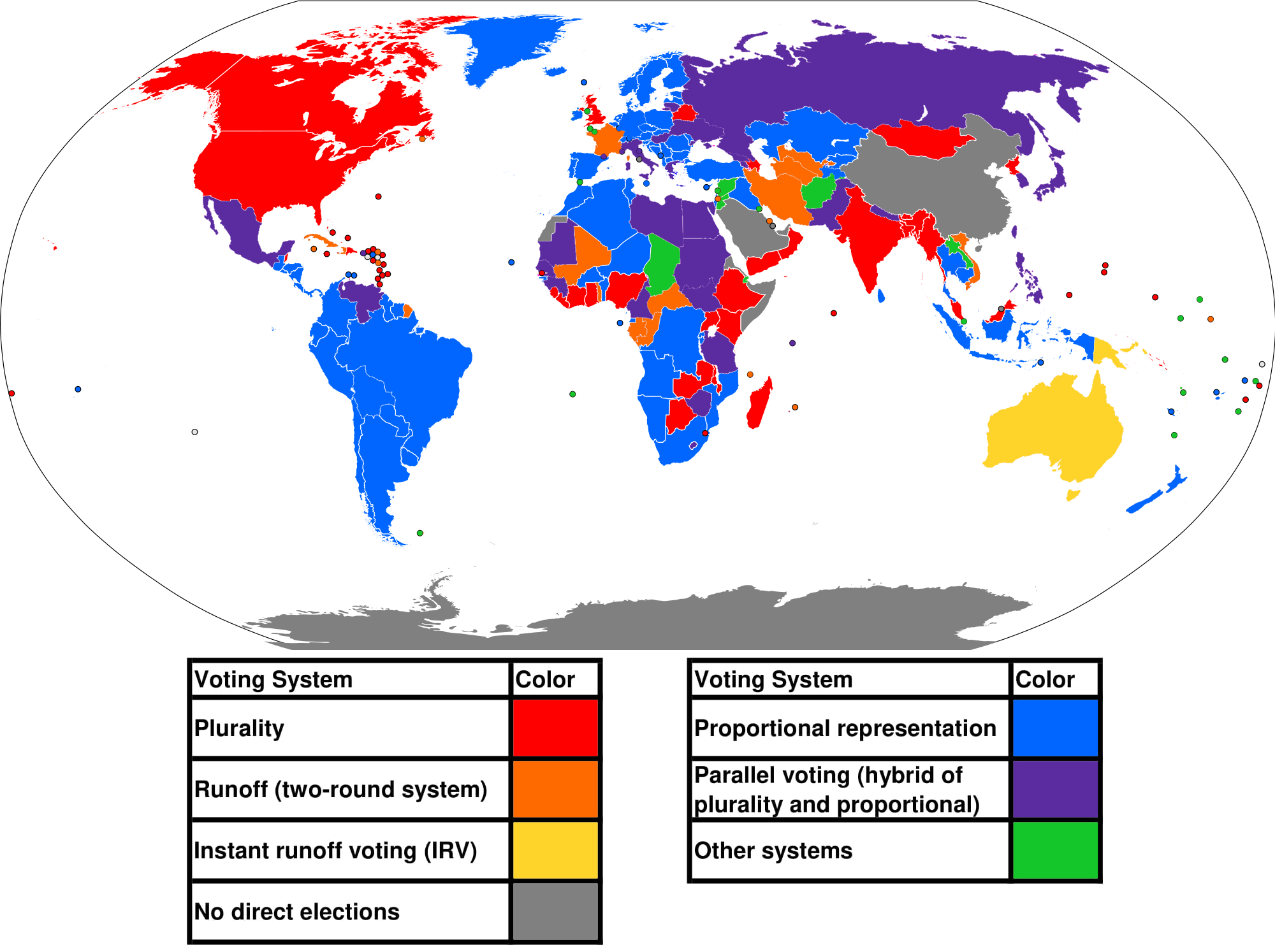The Independence of Irrelevant Alternatives Criterion (IIA)
- The Independence of Irrelevant Alternatives (IIA) criterion states that election results should not change if a losing candidate is left out.
- To check whether IIA is violated, we must remove a losing candidate, keeping the voters' preferences the same otherwise, and then find the winner of the new election. If the winner of the new election is different than the old election, then IIA was violated.

